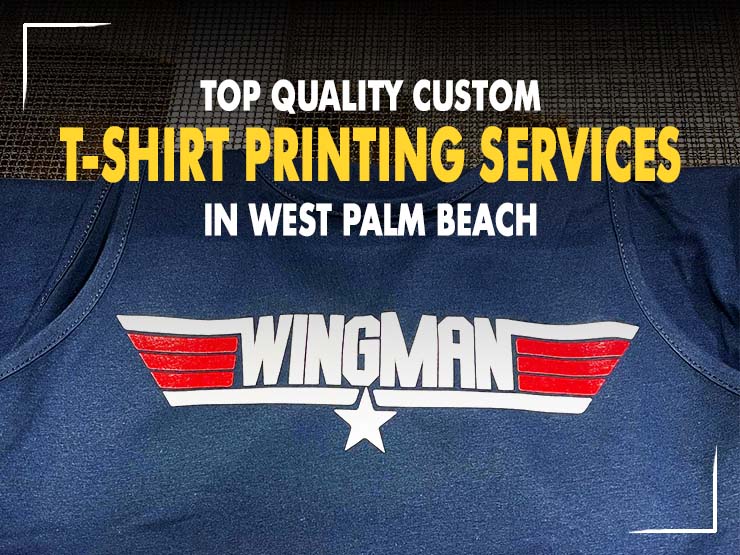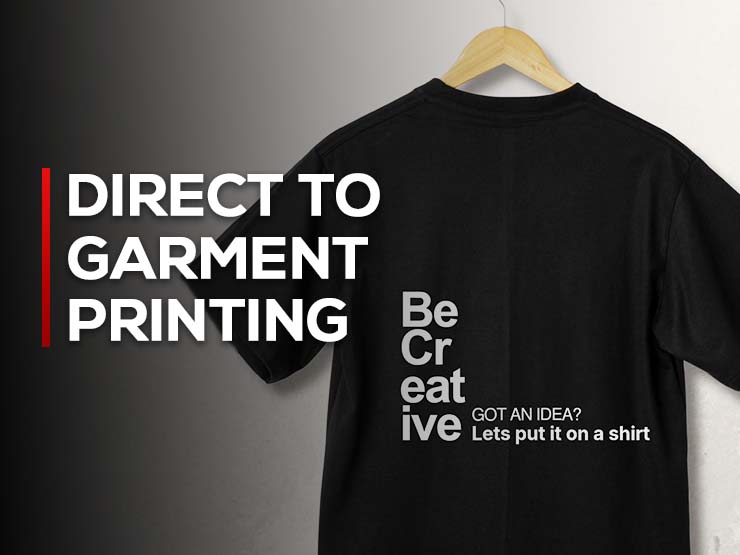In the ever-evolving world of apparel customization, direct to garment printing has gained significant popularity in recent years. This innovative printing method allows individuals and businesses to create high-quality, personalized designs directly onto garments, revolutionizing the traditional textile printing industry. As with any technology, direct to garment printing comes with its own set of advantages and disadvantages. In this article, we will explore the pros and cons of DTG printing, specifically in the United States.
Pros of Direct to Garment Printing:
High-Quality Prints: DTG printing enables the reproduction of intricate designs with vibrant colors and fine details. The direct to garment printing t shirts process involves spraying water-based inks onto the fabric, resulting in a soft, breathable print that integrates seamlessly with the garment. This allows for a wide range of creative possibilities and ensures that the final product meets customers’ expectations.
Customization and Personalization: One of the greatest advantages of custom direct to garment printing is the ability to create custom and personalized apparel. Whether it’s a single piece or a bulk order, DTG technology allows for the easy production of unique designs, names, numbers, or even photographs on garments. This makes it an ideal choice for individuals, small businesses, and event organizers who want to stand out from the crowd.
Quick Turnaround Time: DTG printing offers a faster turnaround time compared to traditional printing methods like screen printing. With DTG, there is no need for screen setups or color separations, which can be time-consuming. Once the design is ready, it can be printed directly onto the garment, reducing production time significantly. This quick turnaround makes DTG printing an excellent choice for urgent orders and tight deadlines.
Cost-Effective for Small Runs: Traditional printing methods often require a minimum quantity to make the process financially viable. However, DTG printing eliminates the need for minimum orders, allowing businesses and individuals to print small quantities as needed. This flexibility makes direct to garment printing a cost-effective option for small runs and eliminates the need for excess inventory.
Eco-Friendly Printing: DTG printing utilizes water-based inks that are free from harmful chemicals, making it an environmentally friendly option. These inks are non-toxic and biodegradable, reducing the environmental impact of textile printing. Additionally, since direct to garment printing allows for precise ink placement, it minimizes ink wastage, further contributing to sustainability efforts.
Cons of Direct to Garment Printing:
Limited Color Vibrancy on Dark Fabrics: While custom direct to garment printing performs exceptionally well on light-colored garments, it faces some challenges when printing on dark fabrics. Achieving vibrant colors on dark backgrounds often requires pre-treatment of the fabric, which adds an extra step to the direct to garment printing t shirts process and may increase the overall cost. Although advancements have been made to improve the quality of Direct garment print on dark garments, there can still be limitations in color vibrancy and opacity.
Higher Initial Investment: Compared to traditional printing methods, DTG printing requires a higher initial investment due to the cost of the specialized equipment. DTG printers are relatively expensive, and maintenance and ink costs can also add up over time. This factor may deter individuals or small businesses with limited budgets from adopting direct to garment printing as a primary production method.
Print Speed and Production Volume: While DTG printing offers quick turnaround times for small runs, it may not be as efficient for large-scale production. Since the printing process is done on a per-garment basis, it can be time-consuming and less cost-effective for high-volume orders. For larger quantities, alternative printing methods like screen printing may still be more suitable.
Fabric Limitations: Direct to garment printing works best on 100% cotton or cotton-blend fabrics, as they allow the ink to be absorbed effectively. However, certain synthetic materials, such as polyester, may not yield the same level of print quality or durability. It’s important to consider the fabric composition when choosing DTG printing, as it may affect the final result.
Skill and Expertise: While DTG printing offers a user-friendly interface, achieving optimal results requires some level of skill and expertise. Proper preparation of the artwork, understanding the printer settings, and ensuring accurate color management are crucial factors in obtaining high-quality prints. It may take time and practice to master these skills, especially for those new to the DTG printing process.
Conclusion:
In conclusion, custom direct to garment printing offers numerous advantages for apparel customization in the United States. With its ability to produce high-quality, custom designs on-demand and its eco-friendly nature, direct screen printing has become a preferred choice for many individuals and businesses. However, it’s important to consider the limitations of DTG printing, such as color vibrancy on dark fabrics, initial investment costs, and production volume constraints. By weighing the pros and cons, individuals and businesses can make informed decisions about incorporating DTG printing into their garment customization strategies.



